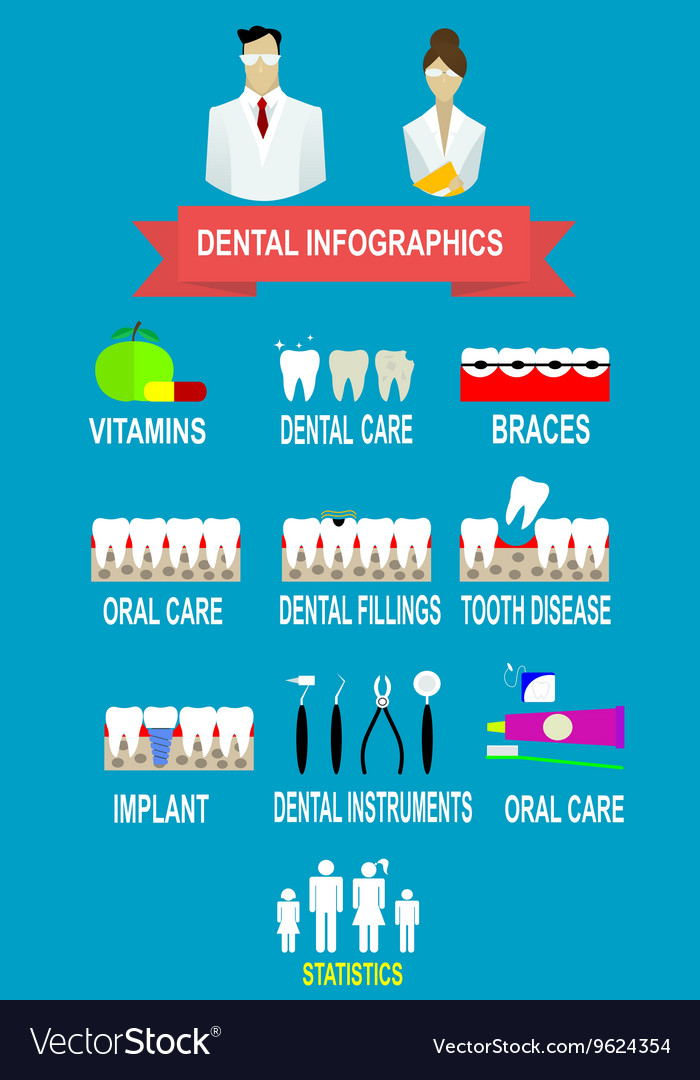The Development Of Dental Surgery: Emerging Advancements And Advancements Transforming The Technique
The Development Of Dental Surgery: Emerging Advancements And Advancements Transforming The Technique
Blog Article
Uploaded By-Foldager Jonasson
Invite to the world of dental surgery, where advancements and developments are forming the future of the area! In this interesting world, you'll witness the transformative power of robotics, the sophisticated marvel of 3D printing, and the game-changing effect of minimally invasive strategies.
The future of dental surgery holds an assurance of accuracy, efficiency, and improved patient results. With the help of advanced robotics, specialists have the ability to do complex treatments with better precision and control.
3D printing technology is changing the development of oral implants and prosthetics, offering tailored options that fit seamlessly right into each person's one-of-a-kind composition.
In addition, minimally intrusive methods are reducing post-operative pain and recuperation time, enabling people to go back to their daily lives sooner.
Prepare to explore the interesting technologies and breakthroughs that are reshaping the landscape of dental surgery!
Advancements in Robotics
One major advancement in dental surgery is the use of robot technology, which allows for exact and effective procedures. With the help of robot systems, oral cosmetic surgeons have the ability to execute complicated surgical procedures with boosted precision, lessening the danger of human mistake.
These robot systems are furnished with sophisticated imaging innovation and exact instruments that enable surgeons to browse through complex physiological frameworks with ease. By making use of robotic innovation, specialists can achieve greater medical precision, leading to enhanced person outcomes and faster healing times.
On top of that, the use of robotics in oral surgery permits minimally invasive procedures, decreasing the injury to surrounding tissues and promoting faster healing.
3D Printing in Oral Surgery
To improve the field of dental surgery, you can explore the subtopic of 3D printing in dental surgery. This innovative modern technology has the potential to revolutionize the way dental cosmetic surgeons run and deal with individuals. Right here are four essential ways in which 3D printing is forming the area:
- ** Personalized Surgical Guides **: 3D printing permits the production of highly accurate and patient-specific surgical overviews, boosting the accuracy and performance of treatments.
- ** Implant Prosthetics **: With 3D printing, oral surgeons can develop tailored implant prosthetics that flawlessly fit a person's one-of-a-kind composition, leading to far better results and client fulfillment.
- ** Bone Grafting **: 3D printing enables the production of patient-specific bone grafts, minimizing the need for conventional grafting strategies and improving healing and recovery time.
- ** click the up coming website page and learning and Training **: 3D printing can be utilized to produce reasonable medical versions for academic functions, enabling oral doctors to practice complex procedures prior to performing them on patients.
With https://www.cbsnews.com/news/flesh-eating-bacteria-kills-maine-teen-after-oral-surgery/ to improve precision, personalization, and training, 3D printing is an exciting growth in the field of dental surgery.
Minimally Invasive Methods
To even more progress the field of dental surgery, accept the possibility of minimally invasive strategies that can significantly benefit both surgeons and clients alike.
Minimally invasive methods are changing the area by minimizing medical injury, minimizing post-operative pain, and speeding up the recovery process. These methods involve using smaller sized incisions and specialized instruments to perform procedures with accuracy and efficiency.
By using advanced imaging innovation, such as cone beam of light calculated tomography (CBCT), doctors can precisely prepare and execute surgical procedures with very little invasiveness.
Furthermore, using lasers in dental surgery permits exact cells cutting and coagulation, leading to reduced bleeding and decreased recovery time.
With minimally intrusive methods, people can experience faster recuperation, lowered scarring, and improved end results, making it an essential facet of the future of oral surgery.
Verdict
So, as you can see, the future of dental surgery is incredibly encouraging, with interesting developments and breakthroughs forming the area.
From the improvements in robotics to making use of 3D printing and minimally intrusive techniques, oral surgeons are revolutionizing the means they provide treatment.
While some might bother with the potential price connected with these advancements, it is very important to keep in mind that these technologies inevitably improve client end results and decrease recuperation time, making them well worth the financial investment over time.
